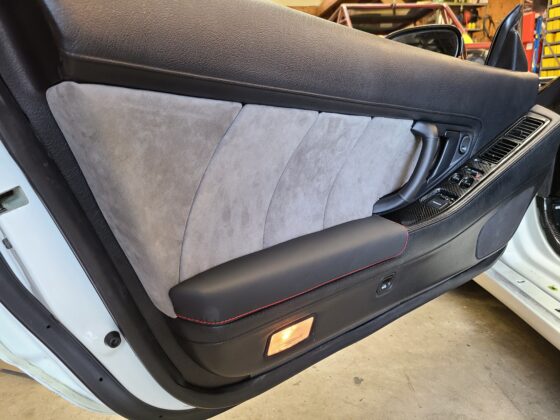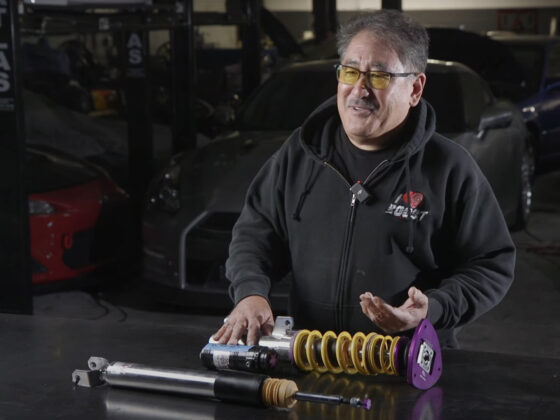
After our baseline testing of the stock manifold was completed, it was swapped out for the CSF unit.

Although the stock unit works very well, you can see how the intercooler core is much smaller and how the end tanks and runners have tighter radiuses and smaller cross sections compared to the CSF part.

Due to the great design of the CSF manifold, the swap went very smoothly.

For the sake of speed, the test car had been pre-plumbed for the port injection fuel rail. This normally would have been the hardest part of the installation.

The CSF manifold dropped right back into place. If you know late-model BMW’s you know how complicated their engine compartments are. This makes CSF’s good design even more impressive, the manifold dropped right and the many hose, wire harnesses, and sensor connections plugged right in without modification.

The actual installation of the intake manifold took less than an hour!




11 comments
Holy 7000USD, those are some impressive gains.
so 1000hp in my subaru would be like $100k USD and it still would get smoked by this. hahahah
That’s an impressive piece and holy hell that can be done with modern cars as far as power outputs. One thing I do wonder though is… every time I see CFD of manifolds published it’s always as if the manifold is sitting loose – throttle body flowing to every port at once. I’m not sure it’d make a difference, and it’d be more setup work, but intuitively it seems like seeing if flow is equal with only one cylinder at a time fully open would be more realistic. Has experience showed that it doesn’t matter, and or is this just kind of a “beauty shot” as a subset of a lot of different test cases? Because obviously it works, I’m just curious as to the thought process.
Good question. The way I figure, it’s all an approximation one way or another. When I did the exhaust manifold for my S2000, I did do one cylinder at a time. Either way, I don’t think basic CFD captures pulsation effects. It’s been 8-10 years since I used GT-Power, but they had added functionality at the time where you could import the 3d CAD and it’d create system model in GT-Power for you. The stuff you can analyze in GT-Power is amazing.
I wonder too if just, every port open at once might be a worse case scenario anyway for distribution, maybe show some choke points that in practice don’t matter as much as they do in reality.
Wish there was a realistic way for me to mess with GT-Power or one of the other 1d sims even at a more basic level. Too many areas of car stuff for one person to mess with in one lifetime.
Ricardo Wave?
I should shoot them and email and at least see how many zeroes of dollars a seat would be; the GEMS GDA software was well within my means, for example, and I’ve had a few other instances of being surprised. As long as I’m over-ambitious and in over my head, why not shoot for the moon, right?
The B58 and the S58 are not the same engine. Toyota has never received any version of a S58 engine ever for the A90 or A91 Supra. Hope this helps.
They are in the same engine family.
You need to amend your sentence where you say the s58 is the bmw variant of the b58. Lol. They were both designed by bmw, the b58 released in 2015 long before there was a mk5 supra. Toyota is a customer of bmw for supra parts/chassis. They did lots of testing beforehand but the b58 is not their engine, never has been.
They are pretty close to being the same engine. They are the same engine family. Just stuff like stronger pistons, higher pressure injectors, and twin turbos but most of the engine is the same and I bet parts interchange.